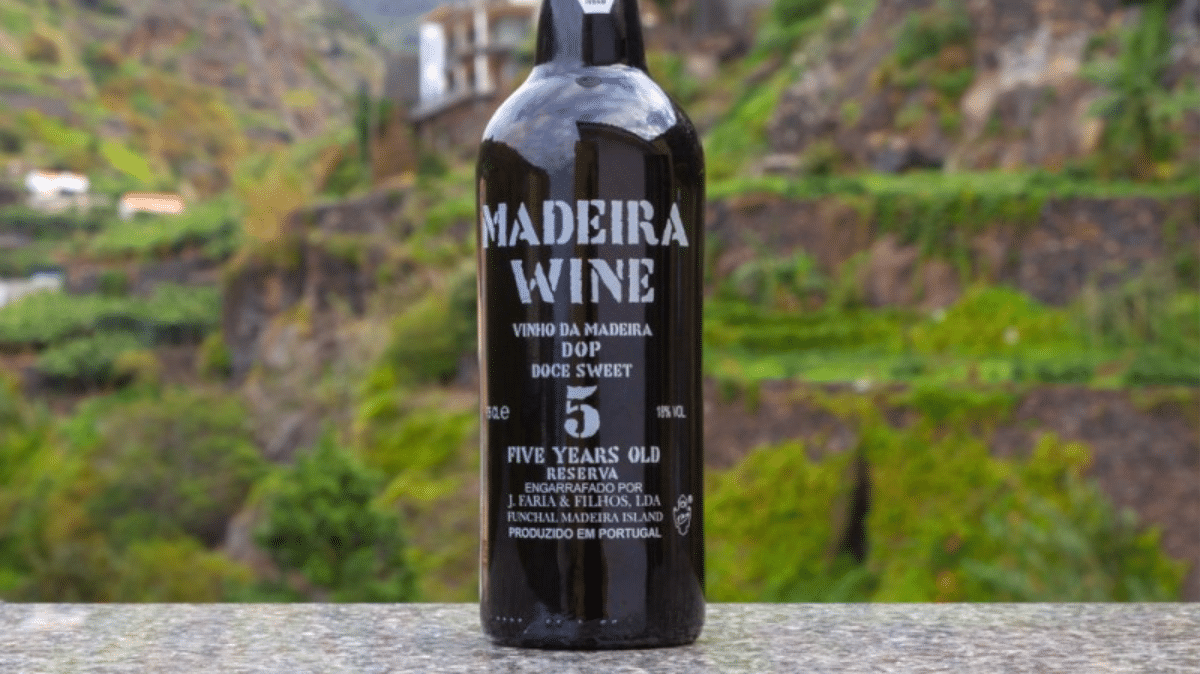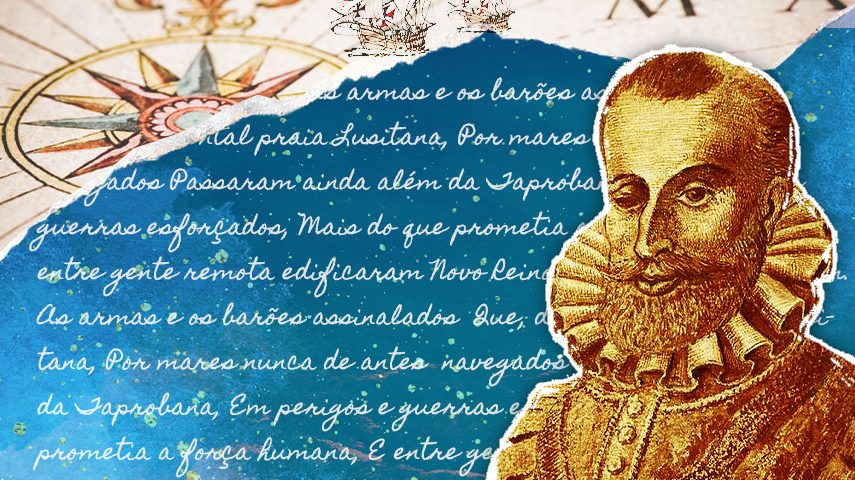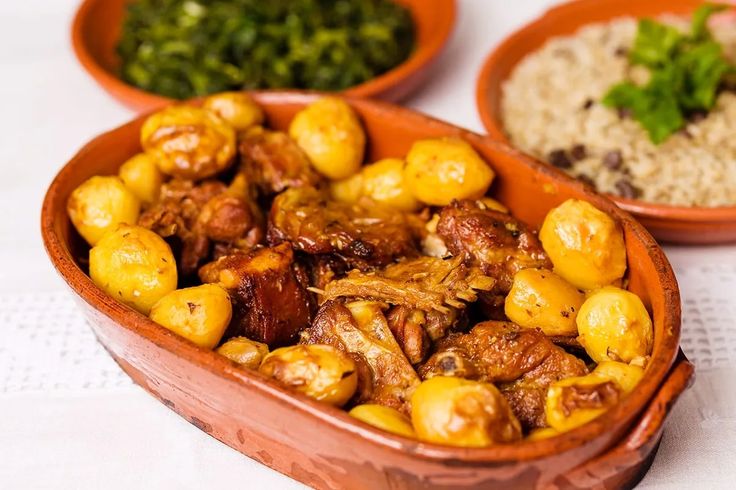The history of Madeira wine is rich and fascinating, combining maritime exploration, innovation and international prestige.
Upon discovering Madeira, the Portuguese quickly established vines there, thanks in part to the ideal climatic conditions for growing grapes. The grapes used come from vines grown by hand on small plots called “poios”, supported by stone walls on the steep sides of the mountain. Madeira grapes thrive here thanks to the nutrient-rich volcanic soil and the island’s unique warm climate all year round. With this warm climate and the cool ocean breeze, the grapes absorb these natural elements, giving Madeira wine flavours that embody the island’s unique environment.
Historical records show that just 25 years after the island was colonized, Madeira wine was already being exported. The first wines produced on Madeira Island were called “sour wine” because of their high acidity. However, over the years, production techniques improved. It was in the 16th century that the process of maturing Madeira wine was discovered completely by chance. The harsh shipping conditions, the sea breeze and the heat of tropical travel developed different tastes that made the wine even better and stronger.
On the longest voyages, Madeira wine was fortified with 20% alcohol to withstand the harsh conditions of navigation. However, the pitching of the ship and crossing the equator accelerated the aging process of the wine and heated it like a sauna. Long expeditions were de rigueur until 1794, when science began to be used to stabilize the winemaking process. The Madeirans, amazed by the transformation, began to create various techniques, such as the "Estufagem" toasting method, by which the wine is heated for up to 3 months at a temperature of 50 °C. The other traditional method is called "Canteiros", an aging method by which the wine is stored for 20 to 100 years in natural heat. These methods are still used today.
Madeira wine was so sought after by the 17th century that shipments were regularly made to Boston, Baltimore, Philadelphia and New York. It was highly regarded by VIPs such as Benjamin Franklin, the Roosevelts, and was the preferred wine of the first President of the United States, George Washington.




